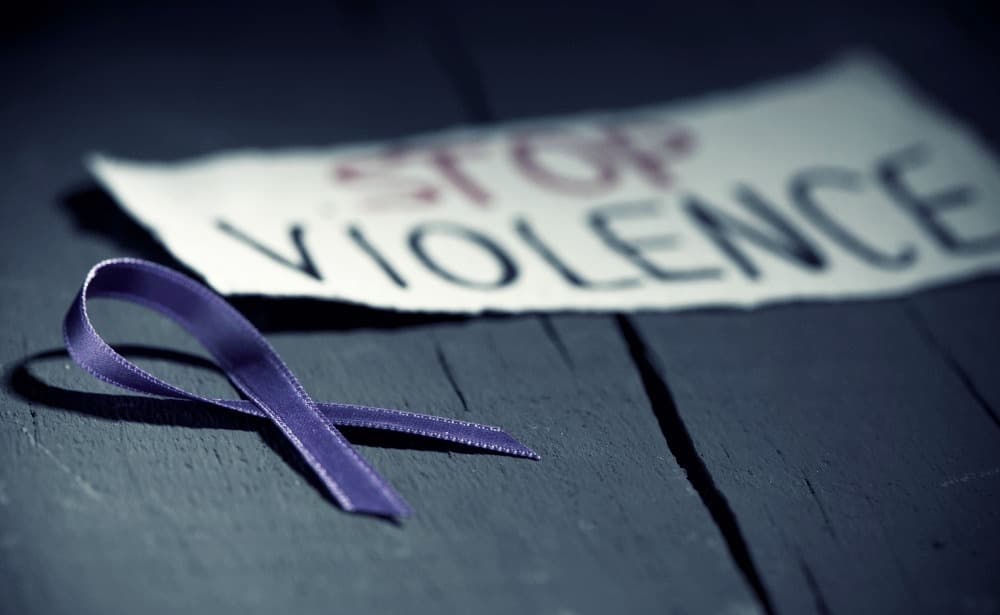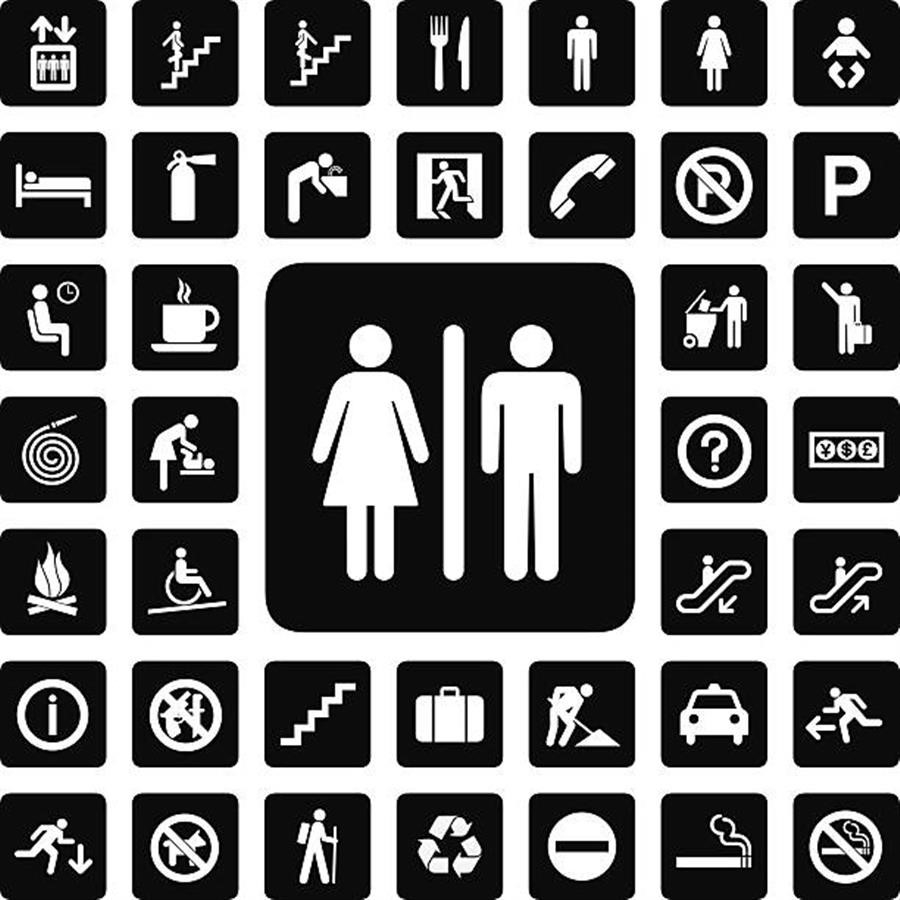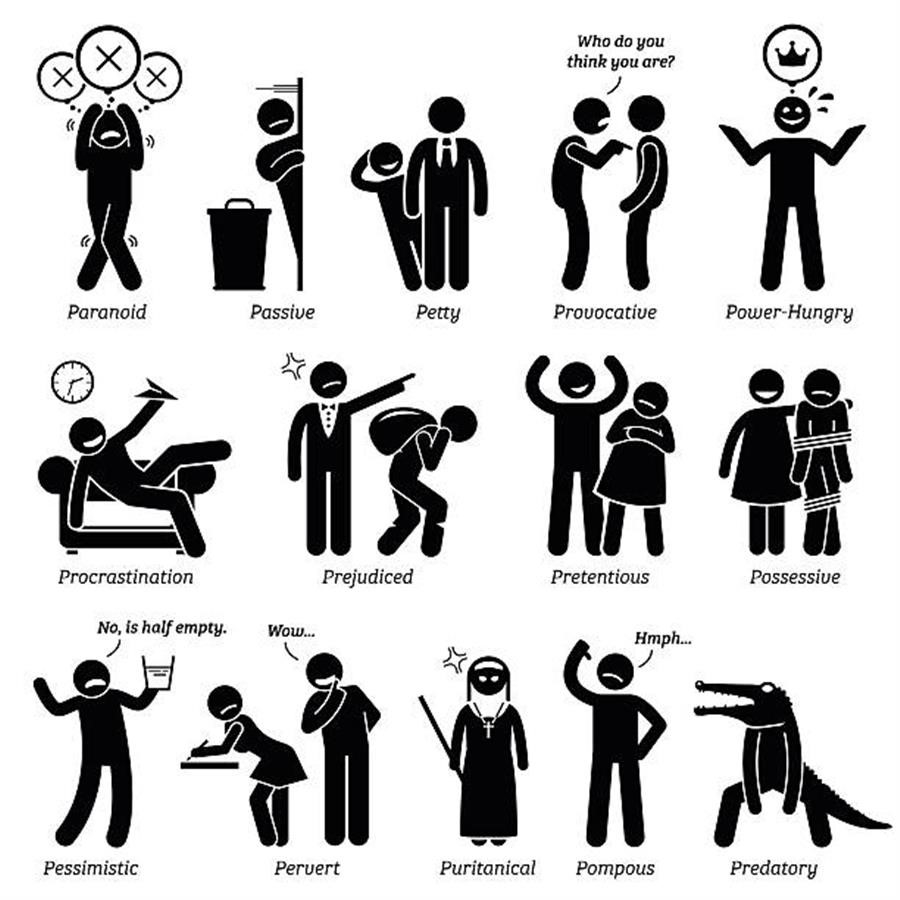Community Awareness

This section of the website is designed to help individuals, professional services, programs, educators, Town Councils, Chief and Council, and the health profession to gain an awareness of violence against women, locally, regionally and globally.
There are several reports that have been conducted with recommendations that are specific to your regions, programs and services. It is important that you, as a services, and/ or program, become aware of what types of reports have been made available for the general public and what recommendations where generated from the reports that may pertain to your program or service.
These recommendations and information can only be useful if they are implemented into your plans. There may be specific information that pertains to your service that you may not be aware of that you can incorporate into your long range plans and/ or present mandate.
Special note: What is the highest rate of victimization and re-victimization in our region? Research shows that the highest rate of victimization and re-victimization in our region is intimate partner violence. These findings are a reflection of the research from Canada Centre for Justice Statistics Family Violence in Canada Statistical Profile 2008 Report.
The research shows that females continue to be the most likely victims of police reported violence accounting for 83% of victims compared to 175 males. There were 594 homicides in Canada in 2007; this is the solved cases. There where 134 female victims (solved only) and 280 male homicides victims (solved only) this is a total of 414 solved homicides. Out of 134 solved homicide female victim, 44% were committed by an intimate partner (ex- husband, ex-partner and/or intimate partner etc).
Out of 280 solved male homicides, 8% were committed by an intimate partner. (Stats can.gc.ca table 30 homicides against females by relationships and region). Research also shows according to the Canadian Centre for Justice Statistical Family Violence Report in Canada 2008 that females age 15 to 24 are the highest age group at risk to be victimized.
Spousal homicides represent 17% of all solved homicides in Canada and nearly half (47%) of all family homicides in 2006. It is also important to note that not all of spousal violence incidents are reported to the police. The General Social Survey (GSS), 2004, on victimizing found that less than one third (28 %) of spousal violence is reported to the police.
The report explains that sharing spousal violence is difficult for many victims. It also states that out of only one third that do report, before they actually report, almost two thirds (61%) had experienced more than one violent incident. The research reports that the survey has limitations and may under estimate the extent of spousal violence in Canada.
The research was unable to reach households without telephones or those using only cellular phones, where in the case of our region’s population, including remote communities, persons living in shelters, and those who do not speak English or French. There are several things we can do as a program and services:
1. Form a Domestic Violence Committee for your community and region: The mandate of the committee should be to take a consultations and partnership approach to strategically work at forming a community base collaborative strategy involving Municipality leaders governing programs to adopt a campaign that will focus on a healthy community recognizing that violence against women is the leading cause of unhealthy families. Encourage the development of early intervention strategies. Coordinate systematic responses.
2. Educate the community: The number one recommendation form the Regional Police Department is to educate the youthon the cause and effects of abusive relationships at a early age. The goal is to give the youth the knowledge they need to make informed decision about their relationships recognizing the signs of abusive patterns and the effect it may have on them. There are many goals that need to be achieved when trying to educate the youth of the cycle of violence and the detrimental effects this may have on their lives. This would also give an opportunity to inform them of the services and programs accessible to them in their communities.
3. Work at using time and resources available to you from your present budgets to create awareness of the importance of understanding all aspects of domestic violence: Educate your staff on risk assessments, access and custody issues, and crisis intervention; make it a priority to know the risk factors that may lead to dangerous situations. Train staff to recognize the signs of abuse. Become aware of the programs and services for referral for your clients. Advocate for change to help reduce the high rate of victims. Educate community at large to help lift the culture of silence around domestic violence and the general perception that it does not happen in small rural communities. Do not assume that it is not happening due to the low call rate. Statistics show that most women have been victimized 35 times before they actually call.
4. Link your site to this website if you have not been approached and you provide a service that is either proactive or reactive to help stop the effects of domestic violence.
5. Programs, services, educators, medical field and the social work field can educate themselves on the reports that pertain to their communities and/or region usually supported by provincial reports and international reports all identifying specific recommendations and findings that need to be addressed.
Some of these reports are release annually some are specific research findings gaps in services. Be informed, here are some reports: The Traps and Gaps from the Thunder Bay District Social Council The Court Watch Program yearly report for the Faye Peterson House, Thunder Bay Yearly report from the Domestic Violence Death Review Committee Study on the Experience of Abused Women in the Family Court in Eight Regions in Ontario Findings of the Pediatric Death Review Committee Ontario, Canada Neighbours, Friends and Families: Community Action Kit to Prevent Women Abuse Violent Crime Statistic Canada The Peace Alliance Understanding the Effects of Domestic Violence-A Handbook for Early Childhood Educators Vibrant Communities-Gender Analysis in community-base poverty reduction; A Report on the Gender and Poverty -Status of Women Canada A Report from the Domestic Violence Advisory Council –for the Minister Responsible for Women’s issues May 2009 20 Reasons Why She Stays: A Guide for Those Who Want to Help Battered Women Written by Susan G. S. McGee Teen Power and Control Wheel Aboriginal The Aboriginal Justice Strategy.
If your group or organization is interested to join a campaign that promotes stopping violence against women, you can join the “White Ribbon Campaign“: Men working to end men’s violence against women.








